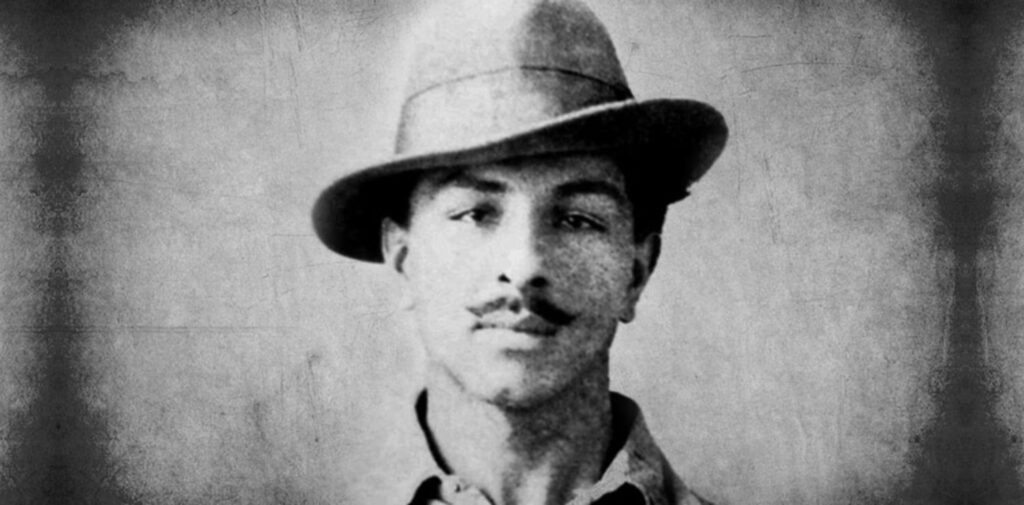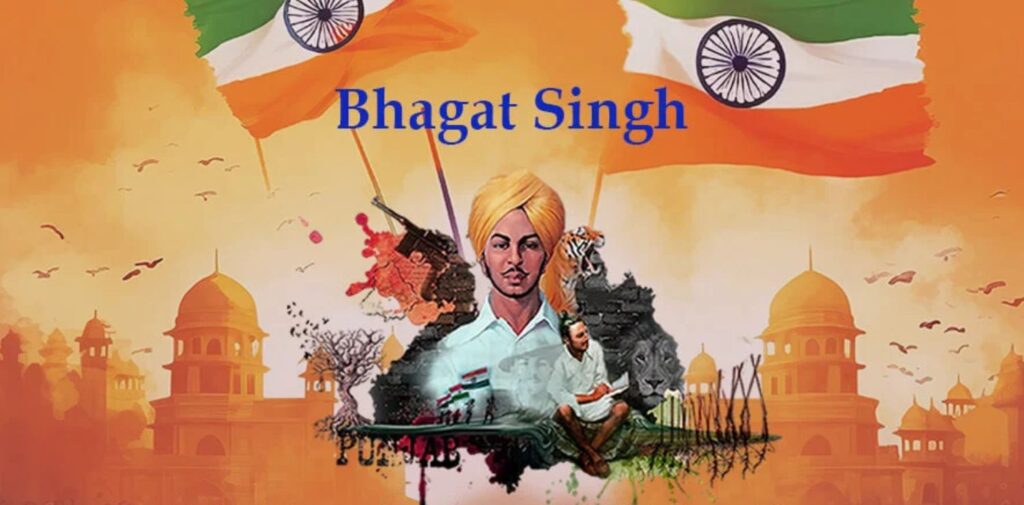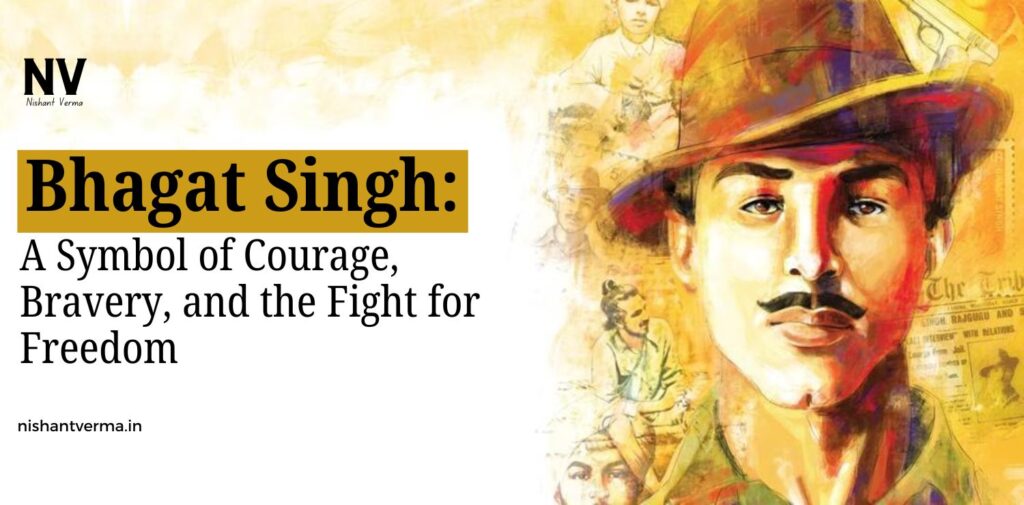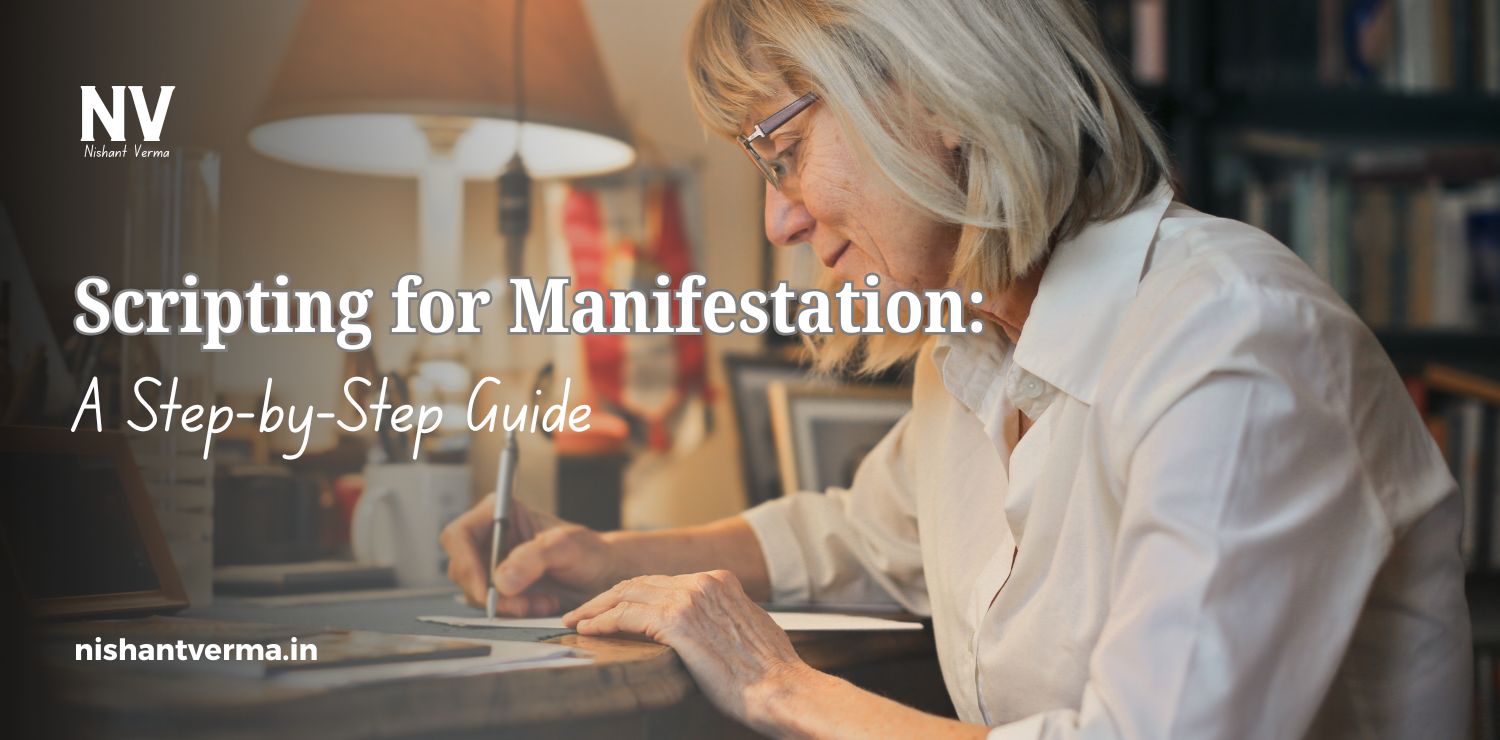Bhagat Singh is one of the most iconic figures in India’s history. His name resonates with every Indian who cherishes freedom and values the sacrifices made for the country’s independence. He was a revolutionary, a freedom fighter, and a martyr whose bravery and actions continue to inspire millions of people even today. Born on September 28, 1907, in a small village called Banga (now in Pakistan), Bhagat Singh’s story is not just one of patriotism but also of unshakable resolve, courage, and an undying love for his country.
While most young people his age would have been preoccupied with their studies and careers, Bhagat Singh was passionately involved in the fight for India’s independence. His thoughts and actions were driven by a desire to free India from the shackles of British colonial rule. Bhagat Singh’s life was short — he was only 23 years old when he was hanged on March 23, 1931 — but his contributions to the Indian freedom struggle were immense and have left an indelible mark on the nation.
This article takes a deep dive into the life, bravery, and sacrifice of Bhagat Singh, remembering him as a great freedom fighter whose spirit still ignites the hearts of Indians.
Early Life and Influences
Bhagat Singh was born into a Sikh family, which was active in the political and social issues of the time. His father, Kishan Singh Sandhu, was a strong nationalist and an ardent supporter of the Indian freedom movement. Bhagat Singh’s family was supportive of the Indian struggle for freedom, and this played a crucial role in shaping his views. Growing up, Bhagat Singh was influenced by stories of revolutionaries who had sacrificed their lives for the country.
Bhagat Singh was deeply disturbed by the Jallianwala Bagh massacre in 1919, when British troops under the command of General Dyer opened fire on a peaceful gathering, killing hundreds of innocent Indians. He was only 12 years old at the time, but the horrific incident left an everlasting impression on him and fueled his anger against British rule. It was at this point that Bhagat Singh decided he wanted to be part of the fight for India’s independence, even if it meant using violence as a means of protest.
Bhagat Singh’s decision to join the revolutionary movement was not a sudden one. He was influenced by various revolutionary ideas and leaders, such as Ram Prasad Bismil, Chandra Shekhar Azad, and Subhas Chandra Bose. However, it was Mahatma Gandhi’s non-violent methods that Bhagat Singh did not completely agree with. He believed that only an armed revolution would bring about the end of British colonial rule. His belief was that the British would not leave voluntarily; they would only be driven out through force.

The Revolutionary Movement
Bhagat Singh was deeply involved in revolutionary activities from a young age. In 1924, he joined the Hindustan Republican Association (HRA), which later became the Hindustan Socialist Republican Association (HSRA). This group believed in a violent, armed struggle against British rule and worked to recruit young Indians to their cause. Under the leadership of Chandra Shekhar Azad, Bhagat Singh became a prominent member of the HSRA, where he played a key role in several revolutionary activities.
One of Bhagat Singh’s most significant actions was his involvement in the bombing of the Central Legislative Assembly in Delhi in 1929. The objective was to protest against the oppressive policies of the British government. Bhagat Singh and his comrades, Batukeshwar Dutt, threw bombs in the assembly, not with the intent to harm anyone but to create a loud protest and draw attention to the cause. The bombs were thrown in such a way that no one was injured, and Bhagat Singh’s statement after the event was clear – it was an act of protest against the unjust laws imposed by the British.
Bhagat Singh did not try to escape after the bombing; instead, he allowed himself to be arrested. During his trial, Bhagat Singh turned the courtroom into a platform to spread the message of revolution and independence. He used this opportunity to publicly declare his views against British rule, which earned him admiration from across India and the world.
The Fight for Justice: The Assassination of J.P. Saunders
Bhagat Singh’s journey toward becoming a martyr began with the assassination of J.P. Saunders, a British police officer. The murder of Lala Lajpat Rai, a prominent freedom fighter, during a protest against British police brutality had left a deep scar in the hearts of the Indian people. The police officer responsible for this incident, James A. Scott, was not held accountable for his actions, and this enraged the youth of India.
In retaliation, Bhagat Singh, along with his associates Shivaram Rajguru and Sukhdev Thapar, planned to kill the police officer responsible for Rai’s death. However, during the attack, they mistakenly shot J.P. Saunders, not Scott. Despite this, the assassination served as a bold statement against British brutality and the injustice faced by the Indian people.
After the killing, Bhagat Singh, Rajguru, and Sukhdev went underground for a while, but they were eventually arrested and charged with murder. Bhagat Singh, during his imprisonment, remained determined to fight for the freedom of India, and he used every opportunity to raise his voice against the British Empire.

Bhagat Singh’s Legacy of Courage
Bhagat Singh’s bravery and sacrifices did not end with his arrest. He spent his time in prison writing and engaging in revolutionary activities. He wrote extensively on the need for independence, equality, and justice. His writings, which included his famous essay “Why I am an Atheist”, were widely read and deeply influential.
In his essay, Bhagat Singh explained his views on religion, society, and the political structure of India under British rule. He expressed his belief in secularism and argued that the Indian independence movement should be based on reason, rationality, and unity, rather than religion or superstition. His thoughts were far ahead of his time and continue to inspire thinkers and activists today.
One of the most notable things about Bhagat Singh was his courage in facing death. Even after he was sentenced to death for his role in the murder of Saunders, Bhagat Singh did not show any signs of fear. He faced the gallows with a smile on his face and a sense of peace in his heart, knowing that he had given his all for the freedom of India. His last words were: “The British are hanging me today, but their time is coming. They will never be able to hold India forever.”
On March 23, 1931, Bhagat Singh, along with Rajguru and Sukhdev, was hanged by the British. His sacrifice became a turning point in India’s freedom struggle. His courage inspired not only Indians but people around the world who were fighting against colonial rule.

Bhagat Singh: A Symbol of the Youth’s Power
Today, Bhagat Singh’s legacy lives on, particularly among the youth of India. His life story is a reminder of the power of youth in driving change. Bhagat Singh was only 23 years old when he was martyred, yet his bravery and his revolutionary spirit have inspired millions of young Indians to stand up for what they believe in and fight against injustice.
His words, his actions, and his unwavering determination are a call to action for the youth of today. Bhagat Singh’s life teaches us that courage is not about being fearless; it’s about doing what is right even when faced with danger. It’s about standing up for justice, equality, and freedom, no matter the odds.
Conclusion
Bhagat Singh’s life is a symbol of the relentless pursuit of justice and freedom. His courage, his revolutionary actions, and his sacrifice for the cause of India’s independence continue to inspire and empower the generations that follow. Bhagat Singh is not just a historical figure; he is a living symbol of patriotism, bravery, and the undying spirit of revolution.
On this day, as we remember Bhagat Singh, we must also remember the values he stood for: freedom, equality, and justice. His life and legacy remind us that the fight for these values is never over, and it is up to each one of us to carry forward the torch of freedom, just as he did.
Inquilab Zindabad! (Long live the revolution!)




